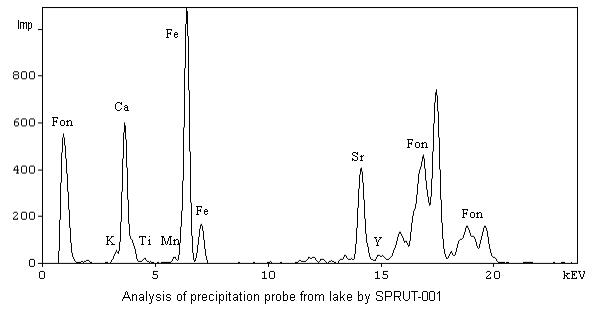
Phone: +7 (383) 330-67-71, Fax: +7 (383) 330-80-56, E-mail: bic@catalysis.ru
5 Lavrentiev Ave., 630090, Novosibirsk, Russia

Phone: +7 (383) 330-67-71, Fax: +7 (383) 330-80-56, E-mail: bic@catalysis.ru
5 Lavrentiev Ave., 630090, Novosibirsk, Russia
Chemical Elemental Analysis
The method is widely used for estimation of the metal admixtures content (especially toxic ones) in sewage, lubricants and petroleum products as well as biological items: plants, food products and others.
Qualitative and quantitative analysis of all chemical elements exclusive of H, O, N, C, halogens.
The range of determined concentrations from 10-6 up to 10 g/l.
AAS-3 Spectrometer, PST (“Baird”).
Weight of the solid samples from 1 to 10 g, solution – more than 10 ml. It is desirable to present “a reference sample” containing no elements to be defined. It is possible to prepare the sample to the Customer’s order.
Dr. A.A. Vlasov and Dr. N.N. Boldyreva. Liquid and solid samples of multi-component and multi-phase composition.
Various solid and liquid samples.
Qualitative and quantitative analysis of components from magnesium to uranium.
| Range of determined concentrations, % (mass) | 0,001÷100 |
| Range of detection, % (mass) | 0,001÷0,01 |
Advantages: solid sample analysis without destruction, small weight of the solid sample (milligrams)
Solid sample in the form of powder or particles of homogeneous material with a size of up to 10 mm. Minimum weight of powder sample is 3-5 mg. Volume of liquid sample – not less than 10 ml. Along with the sample it is necessary to provide a reference sample containing no elements to be defined or initial substances used for sample preparation. The accuracy of qualitative analysis drops for the samples of unknown composition.
 >
>Leading scientists and their research interests
Dr. A.A. Vlasov and I.L. Kraevskaya. Liquid and solid samples of multi-component, multi-phase composition.